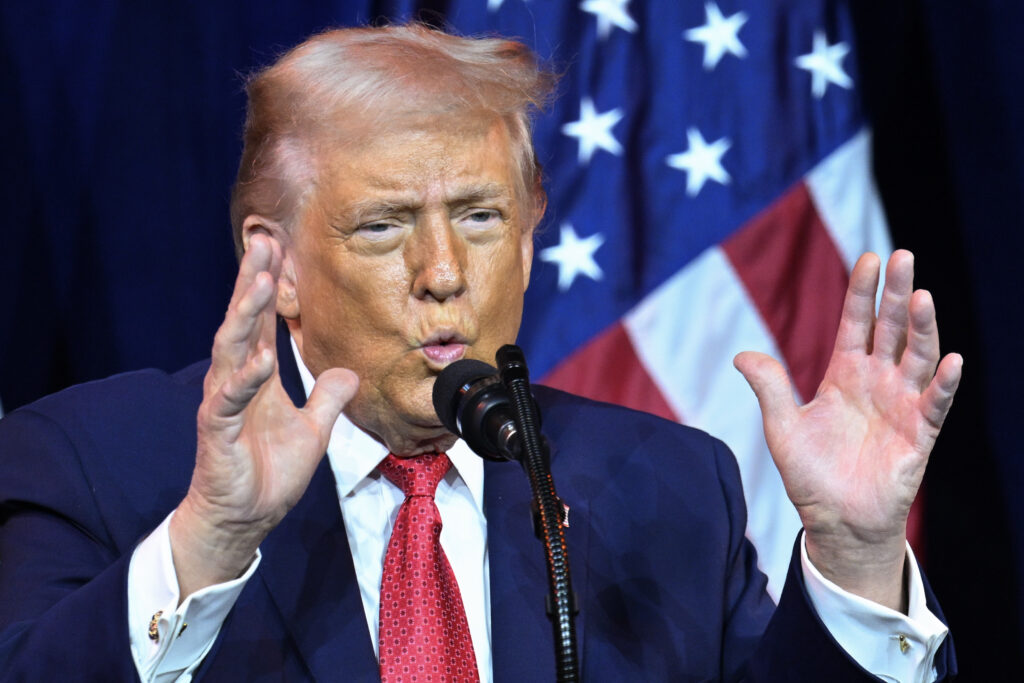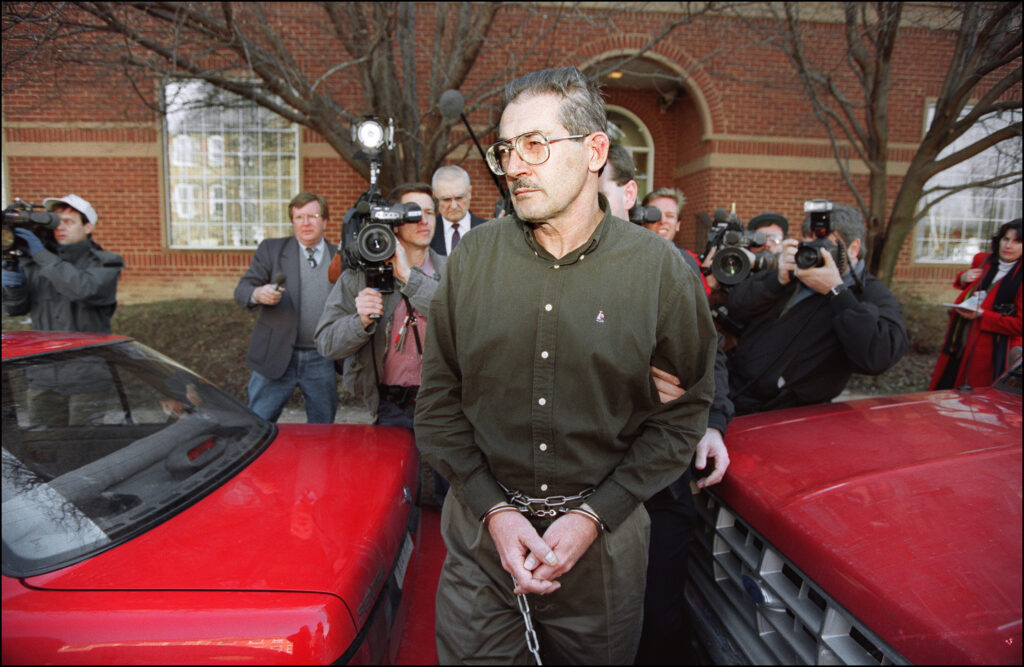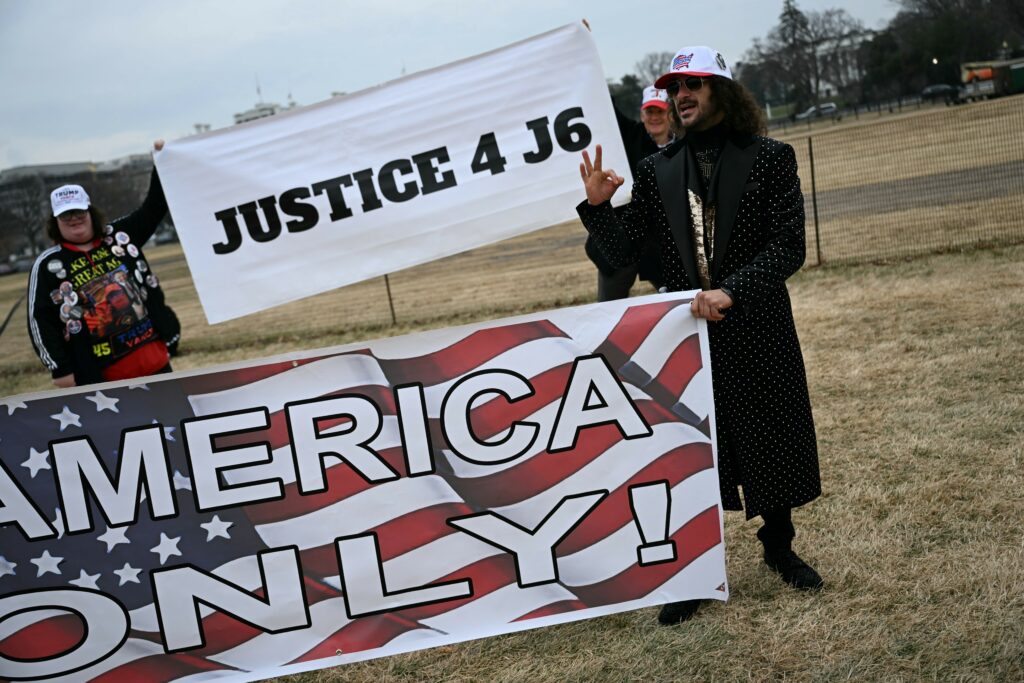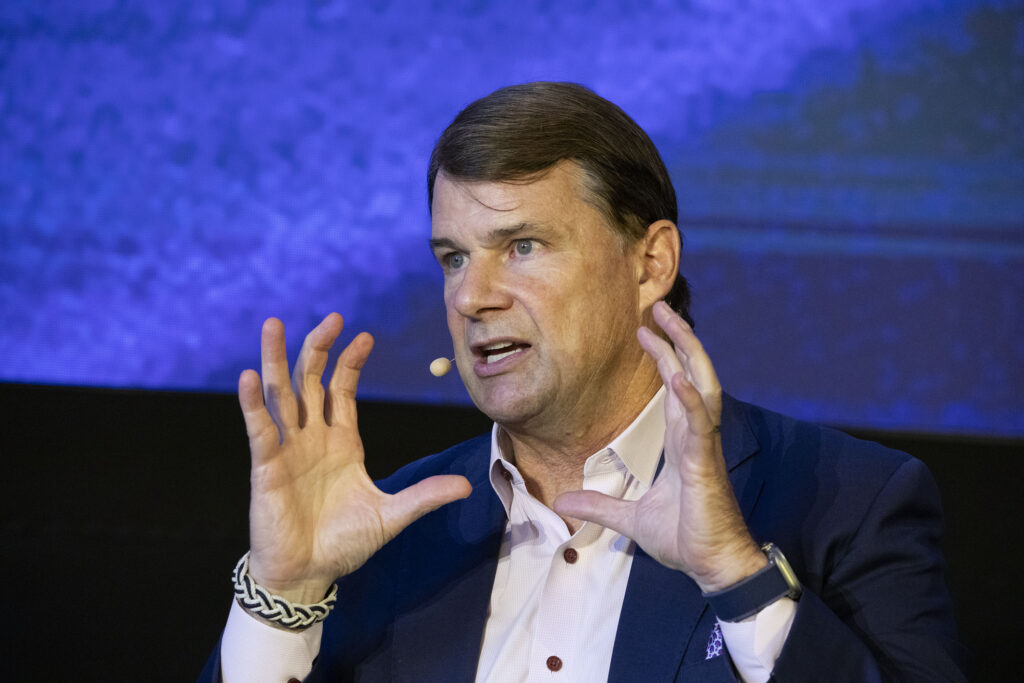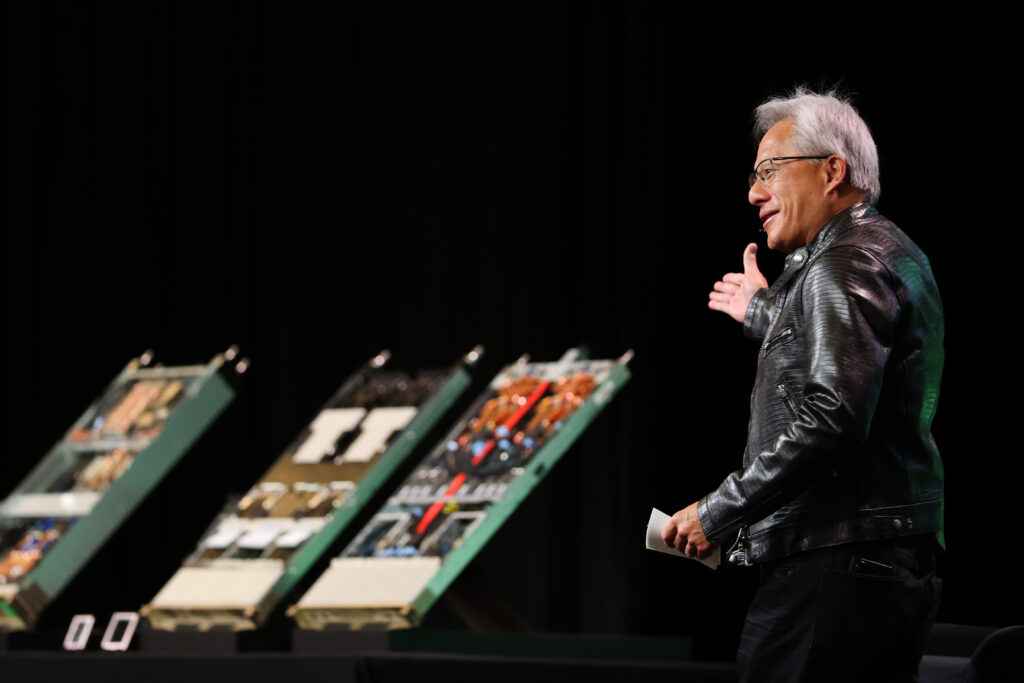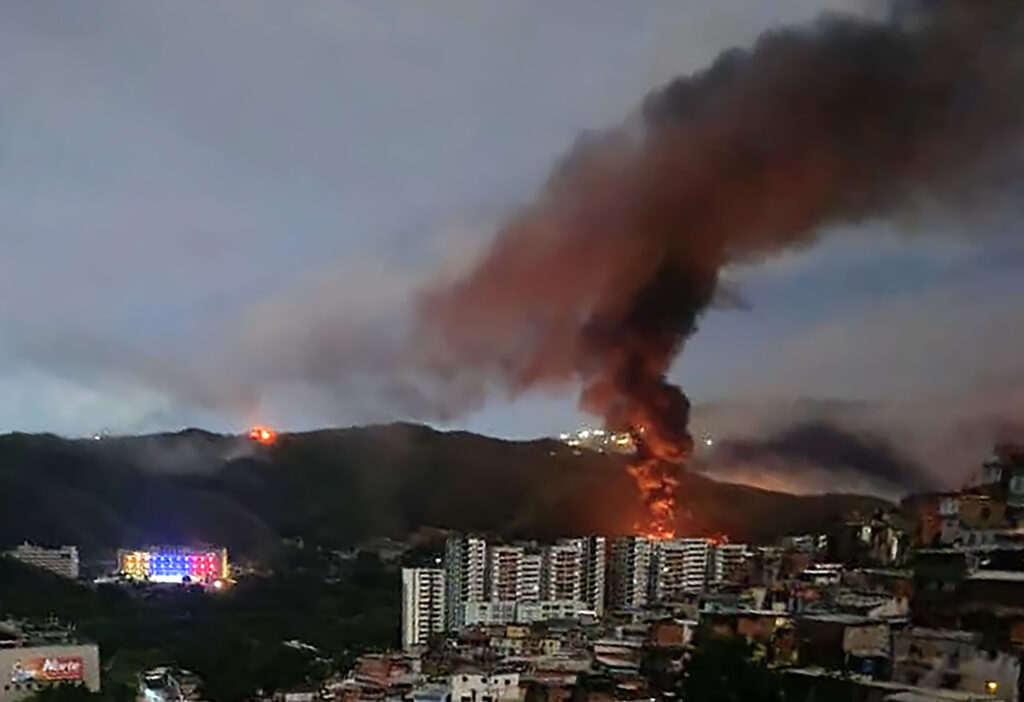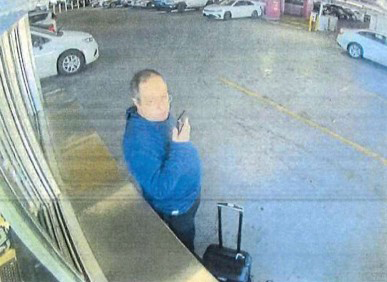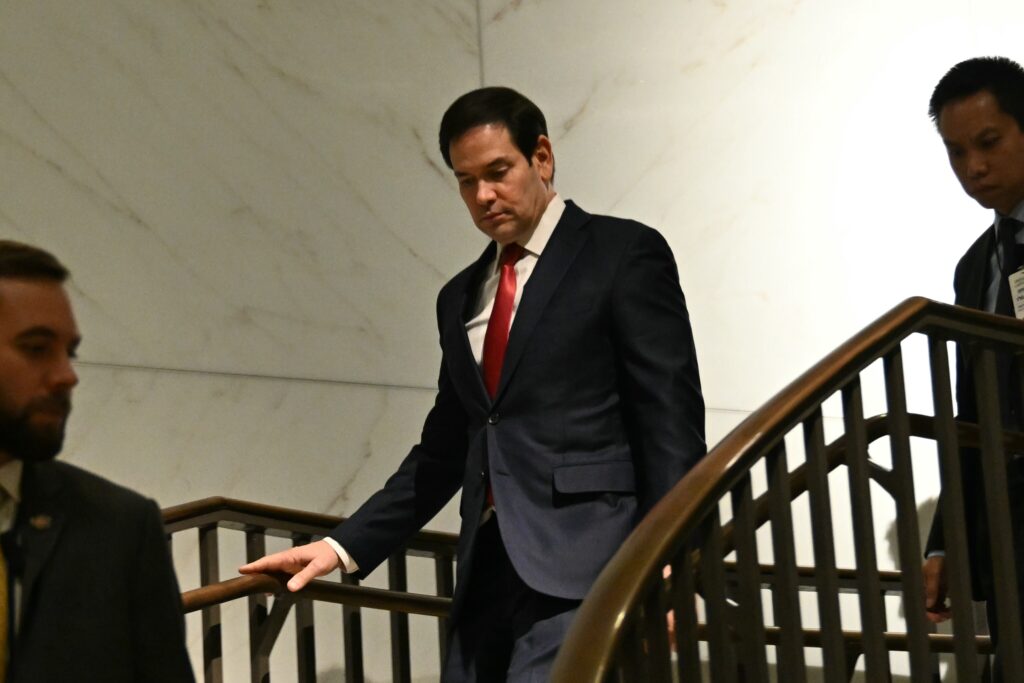Trump weighs military option to acquire Greenland
US President Donald Trump is discussing options including military action to take control of Greenland, the White House said Tuesday, upping tensions that Denmark warns could destroy the NATO alliance.Trump has stepped up his designs on the mineral-rich, self-governing Danish territory in the arctic since the US military seized Venezuelan leader Nicolas Maduro last weekend.White House Press Secretary Karoline Leavitt said that “acquiring Greenland is a national security priority” for Trump to deter US adversaries like Russia and China.”The president and his team are discussing a range of options to pursue this important foreign policy goal, and of course, utilizing the US military is always an option at the commander in chief’s disposal,” she said in a statement to AFP.The Wall Street Journal reported Secretary of State Marco Rubio told lawmakers that Trump’s preferred option is to buy Greenland from Denmark, adding the threats did not signal an imminent invasion.Denmark has warned any move to take Greenland by force would mean “everything would stop,” including NATO and 80 years of close transatlantic security links.Any US military action against Greenland would effectively collapse NATO, since the alliance’s Article Five pledges that member states will defend any of their number that come under attack.Greenland’s Foreign Minister Vivian Motzfeldt wrote on social media that they’d sought a meeting with Rubio throughout 2025 but “it has so far not been possible.”Denmark’s Foreign Minister Lars Lokke Rasmussen said meeting Rubio should “clear up certain misunderstandings.” And Greenland Prime Minister Jens-Frederik Nielsen insisted that the island was not for sale, and only its 57,000 people should decide its future.- ‘Not acceptable’ -Allies have rallied around Denmark and Greenland while simultaneously trying not to antagonize Trump.The leaders of Britain, France, Germany, Italy, Poland and Spain joined Denmark in a statement on Tuesday saying they would defend the “universal principles” of “sovereignty, territorial integrity and the inviolability of borders.”French President Emmanuel Macron and British Prime Minister Keir Starmer both sought to play down the row as they attended Ukraine peace talks in Paris alongside Trump’s envoy Steve Witkoff and son-in-law Jared Kushner.”I cannot imagine a scenario in which the United States of America would be placed in a position to violate Danish sovereignty,” Macron said.French Foreign Minister Jean-Noel Barrot said Wednesday he believed the US was committed to NATO, but he suggested European leaders were prepared to strike back against potential US “intimidation.” The United States has 150 military personnel stationed at the Pituffik Space Base in Greenland.Greenland residents have rejected Trump’s threats.”This is not something we appreciate,” Christian Keldsen, director of the Greenland Business Assocation, told AFP in the capital Nuuk. “It is not acceptable in the civilized world.”Trump has been floating the idea of annexing Greenland since his first term. In the last year, Copenhagen has invested heavily in security, allocating some 90 billion kroner ($14 billion).- Big and strong -Still steaming over Trump’s capture of Venezuelan president Nicolas Maduro, US legislators spoke out against the idea of military action against Greenland on Tuesday.In social media posts, Arizona Senator Ruben Gallego, a Democrat, vowed to introduce a resolution “to block Trump from invading Greenland,” saying the 79-year-old Republican simply “wants a giant island with his name on it. He wouldn’t think twice about putting our troops in danger if it makes him feel big and strong.”In a sharp departure from the party’s typical partisanship, Republicans also pushed back against Trump’s military-backed expansionism. House Speaker Mike Johnson, a Republican, told reporters Tuesday night that he didn’t think it was “appropriate” for Washington to take military action on Greenland, Politico reported.Republican Senator Jerry Moran of the midwestern state of Kansas, who serves on the Senate Intelligence Committee, told HuffPost “it’s none of our business” and warned that the move would lead to “the demise of NATO.”Nebraska Republican Congressman Don Bacon put it even more bluntly in a post on X: “This is really dumb. Greenland and Denmark are our allies.”burs-dk/sla/jgc/abs/lga/fox
